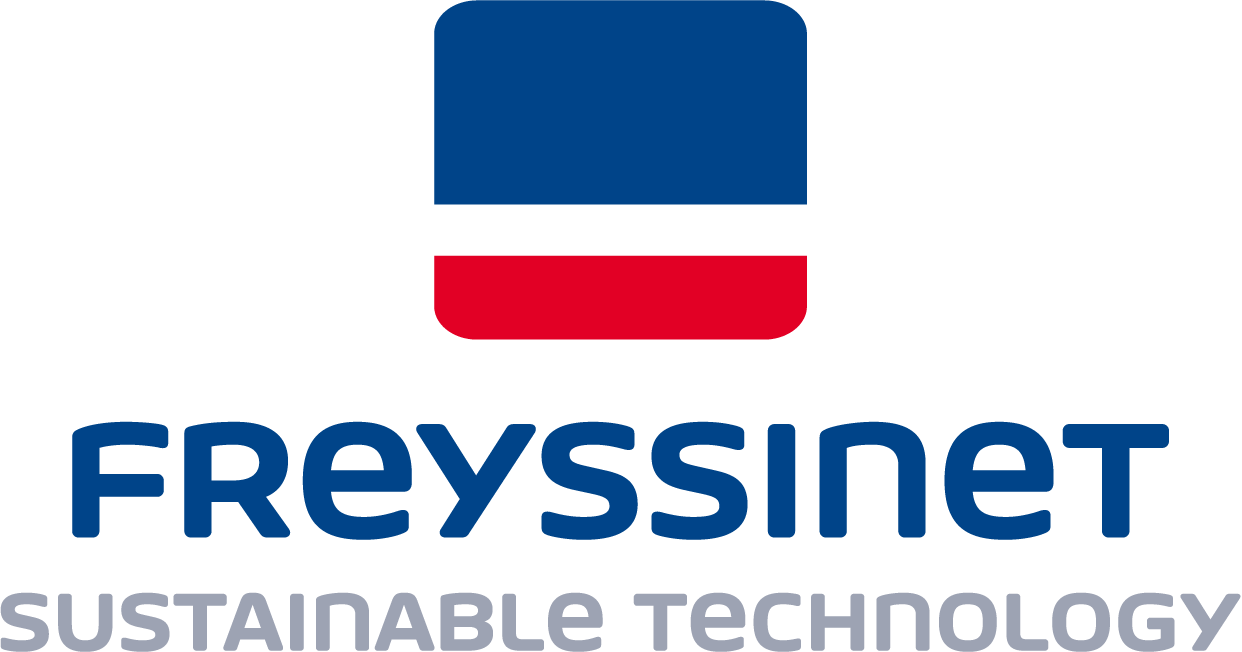History of the Group
Eugène Freyssinet conceived the idea of prestressing for the first time in 1903. Three years later, a circular described elastic properties of concrete, previously only known for steel. The stage was set for the prestressing adventure to begin. However it was not until 1928 that a patent entitled the “Manufacturing process for reinforced concrete components” was taken out for the prestressing system. The term “prestressing” did not appear until 1932. Freyssinet made a spectacular demonstration of the advantages of prestressing in 1934, when it successfully consolidated the Le Havre shipping terminal. Edme Campenon, President of Entreprises Campenon Bernard, created the STUP (Société Technique pour l’Utilisation de la Précontrainte – Engineering Company for the use of Prestressing), Freyssinet processes, in 1943 to take over and continue research work initiated by Eugène Freyssinet. The objective was to disseminate prestressing techniques and its applications to clients, to manufacture prestressing equipment and materials, and to provide technical assistance on site.
In 1976, Stup became Freyssinet International (STUP), marking its international vocation and offering homage to the man whose work it was continuing.
In the fourth period between 1980 and 1999, the emphasis was placed on accelerated technical development and innovation. Thus over the years, Freyssinet has become an essential player in many civil engineering fields with high technological content (stay cables, prestressing, heavy handling, etc.) and is involved in projects well known throughout the world such as the Normandie bridge in France, the Vasco de Gama bridge in Portugal, Cardiff stadium in the United Kingdom, the Hibernia oil platform offshore from Newfoundland, Ting Kau bridge in Hong Kong, etc.
In 2017, the activities of Freyssinet increased significantly, particularly in the Middle East, in Asia and in Australia.

